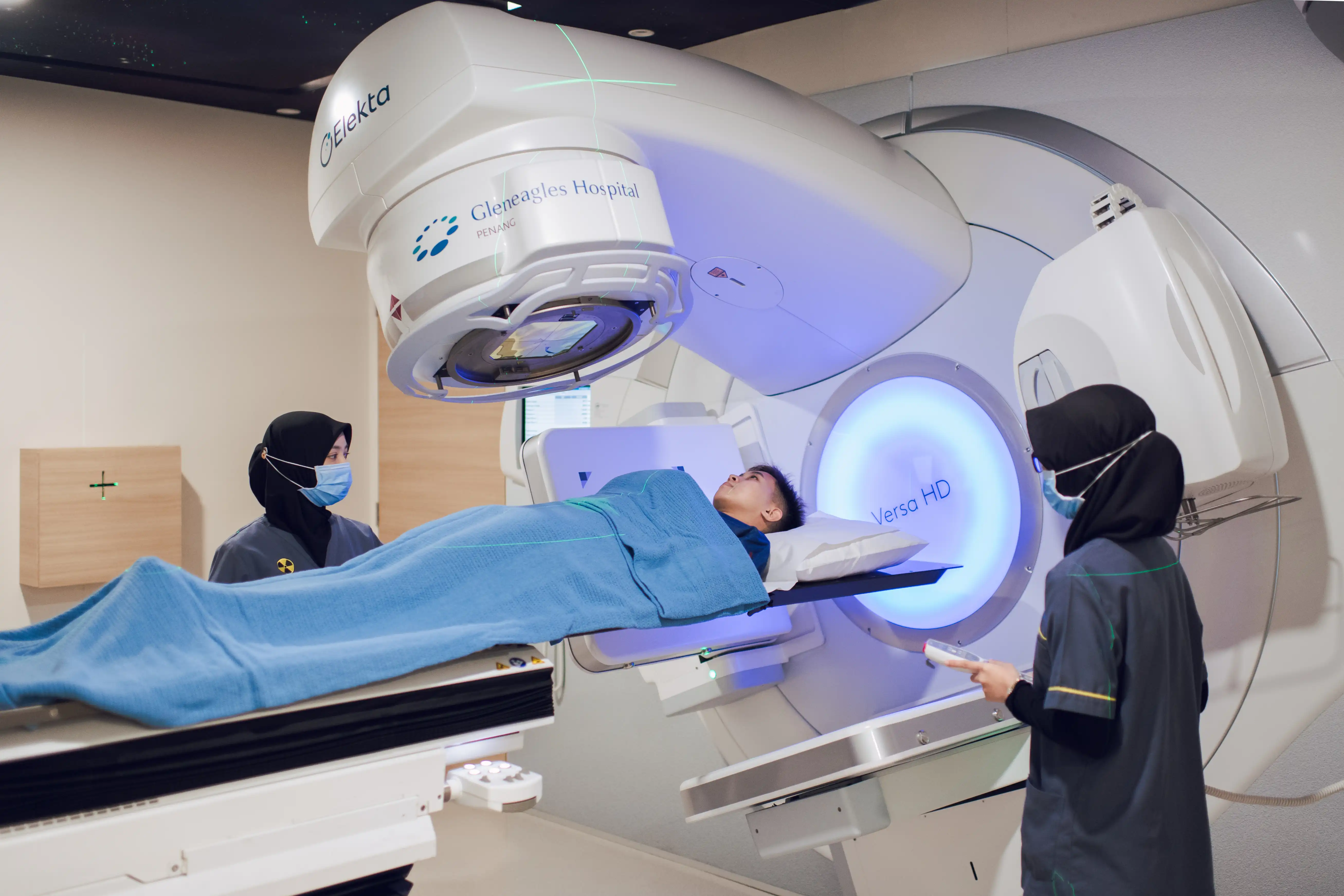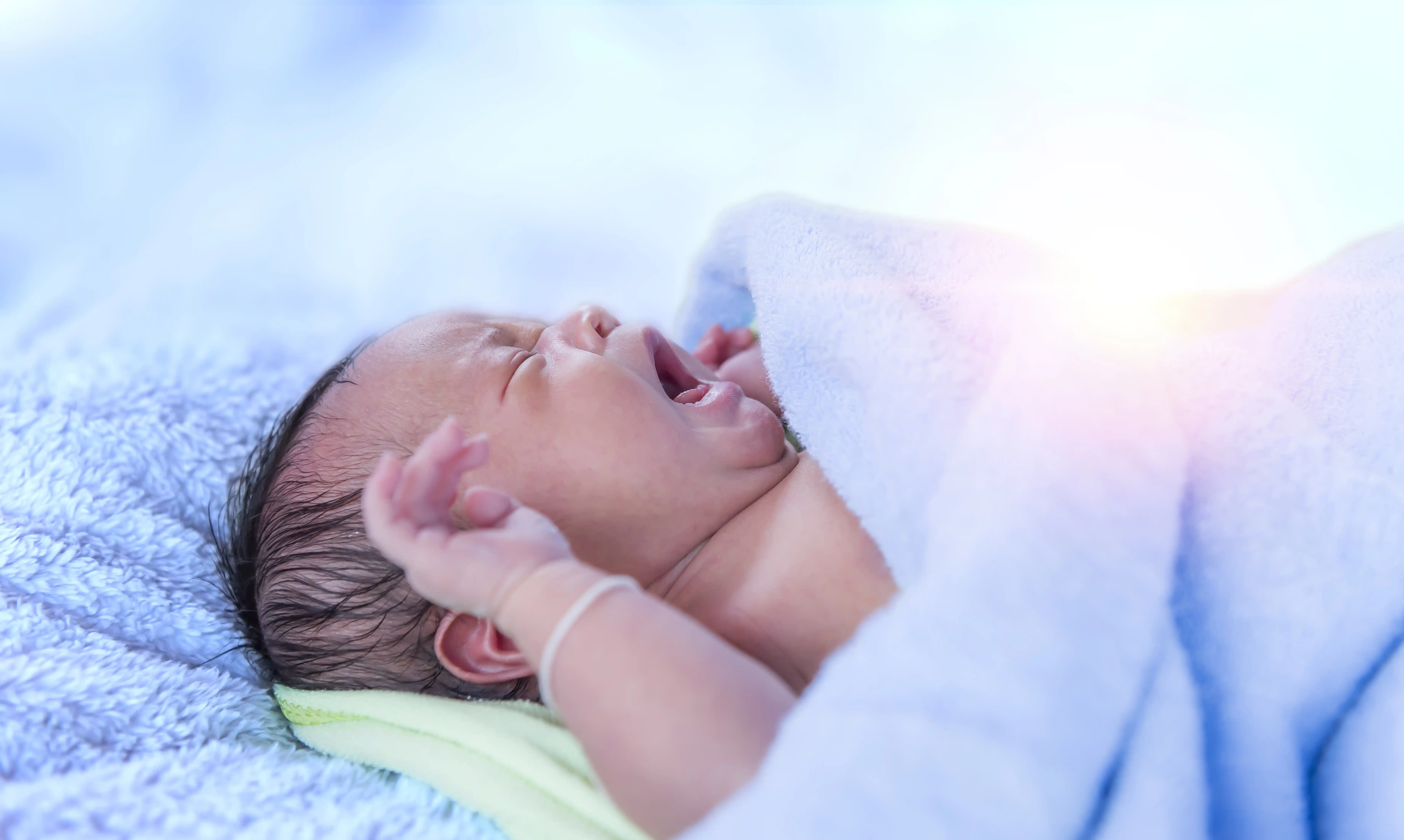Hernias can be a problem for many people, especially the elderly. In some cases, it
can be quite painful, which is why it is important to know how to deal with this issue.

What Is Hernia?
A hernia is a gap or space in the strong tissue that holds muscles in place. A hernia occurs when the inside
layers of the abdominal muscle have weakened, resulting in a hernia bulge or tear.
In the same way that an inner tube pushes through a damaged tire, the inner lining of the abdominal cavity
pushes through the weakened area of the abdominal wall to form a small balloon like sac. This can allow a
loop of intestine or abdominal tissue to push into the sac.
Hernia can occur in both men and women. A person may be born with a hernia (congenital) or develop one over
time (acquired).
The common areas where hernias occur are in the groin (inguinal), belly button (umbilical), and the site of
previous abdominal surgery (incisional).
Types of Hernia
Following are the most common types of hernia:
1. Inguinal Hernia
The inguinal canal in men allows for the passage of the spermatic chord and other blood vessels to the
testicles. On the other hand, for women, it is the passage for the ligament that supports the uterus. This
type of hernia can be classified into two different types, which are direct and indirect inguinal hernia. It
happens when fatty tissue (or a part of the intestine) pushes through the groin. Inguinal hernias are more
common in men.
2. Femoral Hernia
This happens when a part of the intestine pushes the inner thigh or top of the femur. Femoral hernias are
more common in older women.
3. Umbilical Hernia
It happens when part of the fatty tissue pushes through the navel area.
4. Hiatal Hernia
Hiatal hernias are caused by a part of the stomach pushing through the diaphragm towards the chest cavity.
5. Incisional Hernia
A part of internal tissue pushes through the site of an abdominal scar.
6. Epigastric Hernia
This happens when fatty tissue pushes through the area between the navel and breastbone.
7. Spigelian Hernia
This happens when a part of the intestine pushes through the side of the abdomen below the navel area.
Hernia Risk Factors
The wall of the abdomen has natural areas of potential weakness. Hernias can develop at these or other areas
due to heavy strain on the abdominal wall due to lifting heavy weights, sports, aging, injury, an old
incision, or a weakness present from birth.
Anyone can develop a hernia at any age. Most hernias in children are congenital. In adults, a natural
weakness or strain from heavy lifting, persistent coughing, difficulty with bowel movements or urination can
cause the abdominal wall to weaken or separate.
Hernia Symptoms
Common symptoms caused by a hernia are:
- Bulge under the skin
- Pain or discomfort when lifting heavy objects
- Cough
- Strain during urination or bowel movements, or during prolonged standing or sitting
The pain may be sharp and immediate or may be a dull ache that gets worse towards the end of the day. Severe,
continuous pain, redness, and tenderness are signs that the hernia may be entrapped or strangulated like
strangulated hernia.
Another sign of this is if the bulge used to come and go but is now stuck and cannot be reduced. These
symptoms,
including inguinal hernia symptoms are a cause for concern, and you should immediately contact your
physician or
surgeon.
Hernia Diagnosis
Hernias can usually be diagnosed within a physical exam and can be seen bulging out in the area where it has
occurred. However, in some cases, imaging like CT scans may be required for an accurate diagnosis.
Complications of Untreated Hernia
Except for umbilical hernias in newborns and babies, other hernias do not go away on their own if not
treated.
They only grow more painful with time and can cause more complications with time. Some of these include:
- Obstructions - this may happen when a part of the intestine gets deeply stuck within
the
inguinal canal causing issues in digestion and leading to nausea, stomach pain, and vomiting.
- Blood circulation issues - these happen when the intestine gets trapped in a way to cut
off
the blood supply. These are medical emergencies and may need immediate surgical intervention.
Treatment Options for Hernia
A hernia does not get better over time, nor will it go away by itself. There are no exercises or
physiotherapy regimens that can treat hernia.
A hernia may be detected by your doctor on a routine physical examination. It may lead to potentially serious
problems, such as intestinal obstruction or strangulated bowel, and may require emergency hernia surgery.
Following are the commonly used treatment options:
- Open surgery: As the name implies, it is done by making an incision in the body at the
impacted area and pushing the protruding tissue back to its original place and stitching the weakened
muscles back together.
- Laparoscopic Hernia Repair: Laparoscopic Hernia Repair is a technique to repair the
defects in the abdominal wall using small incisions, telescopes, and a patch. Compared to conventional
surgery, laparoscopic surgery offers a shorter hospital stay, less pain after surgery, faster return to
work and normal activity for most patients.
















